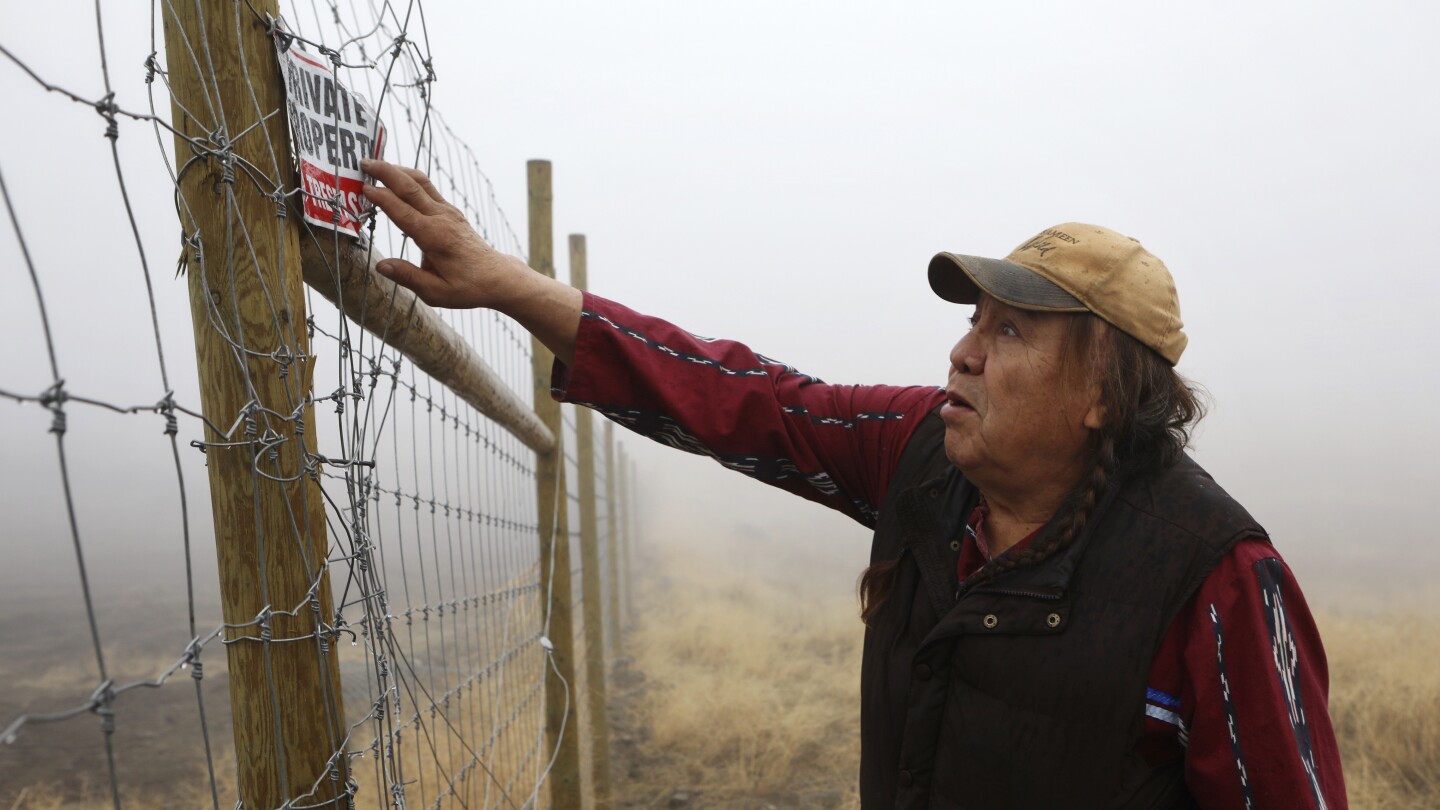New cherry varieties and climate change in British Columbia’s interior have enabled the fruit to grow at higher than usual elevations. Soon, this grassland terrain surrounded by mountains of ponderosa pine will be full of rows of cherry trees along a sloping hill above this city of about 145,000.
On a recent morning, Dixon Terbasket of the Lower Similkameen Indian Band arrived at the gate of a 10-foot (3 meter) high fence built last year. He gestured at a private property sign hanging from the fence on his ancestral homeland — a barrier to keep a soon-to-be-blossoming orchard free from mule deer and elk that once traversed this patch of land.
“The amount of development that’s happening so quickly and rapidly … the urban sprawl is moving out into the wilderness part of it,” said Terbasket, a wildlife technician with the Okanagan Nation Alliance.



If there’s any risk to “key wildlife”, then it shouldn’t be allowed.